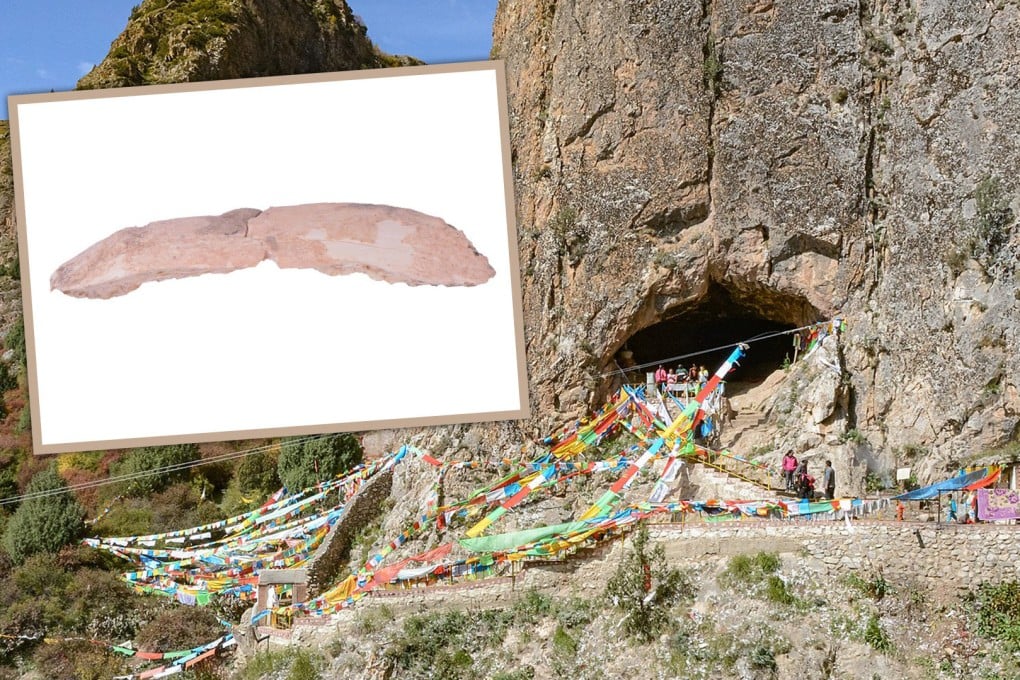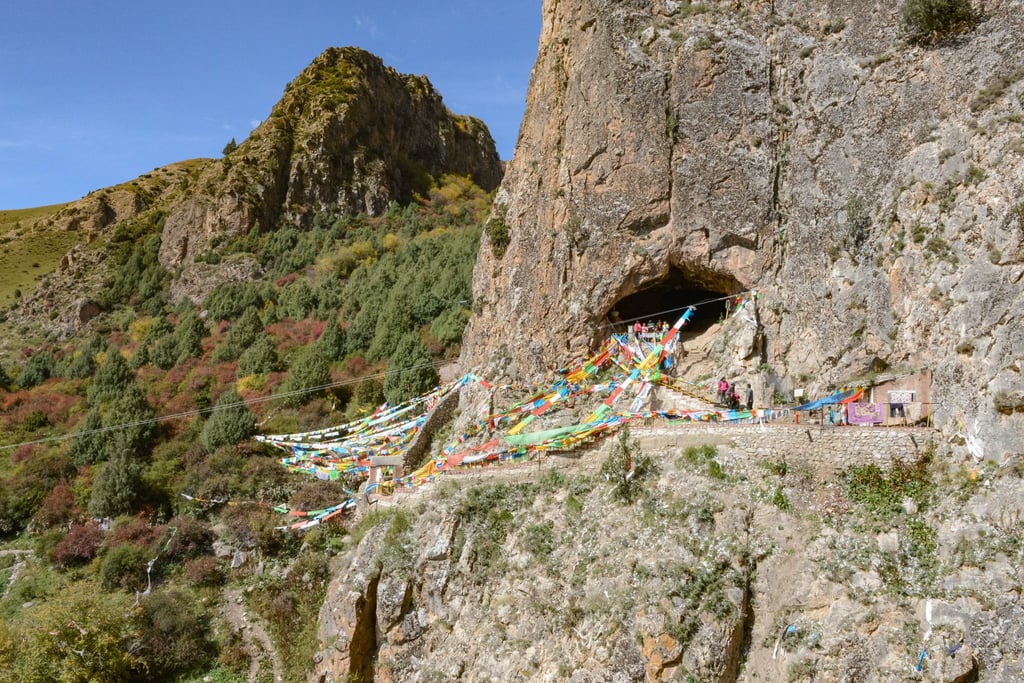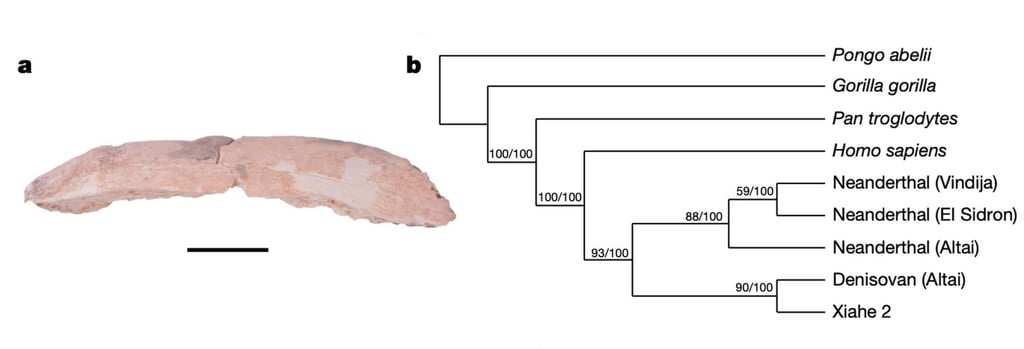Fossilised rib bone suggests mysterious Denisovans may have coexisted with ancient humans
- Rib bone was found inside cave that suggests Denisovans behaved similarly to earliest humans

Over 100,000 years ago, a mysterious cousin of the modern human inhabited the lands of the Tibetan Plateau, likely subsisting by hunting for food and possibly interacting with their Homo sapien counterparts.
Called Denisovans, so few fossils of these ancient hominins have been found that they have yet to be officially identified with a formal taxonomy.
Recently, a group of scientists made a small breakthrough in Denisovan research when a rib bone was found inside a cave on the Tibetan Plateau alongside a mass collection of animal bones. The bone was found in the Baishiya Karst Cave, which has become a Tibetan sanctuary in modern-day Gansu province in north-central China.

“We have so few Denisovan fossils and so little archaeological data that we don’t really know if and how Denisovans were different from modern humans. Except, of course, that they were a hominin population that diverged from the lineage leading to modern humans about 700,000 years ago,” said Frido Welker, an associate professor at the University of Copenhagen in Denmark. Welker is also a co-author of a new study published in the peer-reviewed journal Nature in early July that analysed the rib bone.
The team believes the Denisovans inhabited the cave between 40,000 and 167,000 years ago, and possibly lived there as early as 224,000 years ago.
Welker told the Post that, based on other archaeology sites from the Tibetan Plateau, Homo sapiens first appeared in the region at the tail end of that timeline around 40,000 years ago.
If the rib bone indeed belonged to a Denisovan who lived 40,000 years ago, it would represent the youngest example of the hominin species.

